|
imran
|
 |
« Reply #6 on: October 06, 2015, 12:35:25 AM » |
|
7. Dhaulagiri I
Height: 8167 meters (26,795 feet)
First Ascent: 1960
8000ers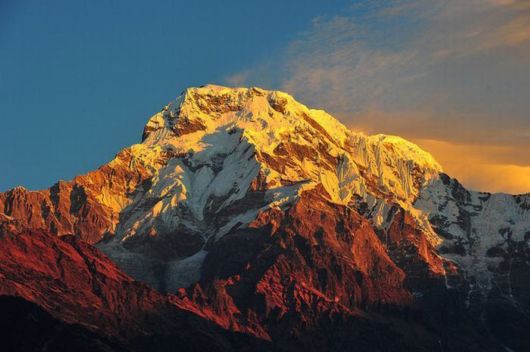 The successful ascent of Annapurna in 1950 triggered a series of successful climbs of the other 8000m peaks, including Everest by Edmund Hillary and Sherpa Tenzing Norgay in 1953. However, some believe that the British expedition led by George Mallory and Andrew Irvine successfully summitted Everest in 1924, before both went missing on the way back down. Mallory's body was not found until 1999, and his camera has never been recovered, so it's impossible to know if he and Irvine made it to the top. The last eight-thousander to be successfully climbed is also the smallest - Shishapangma, which remained unconquered for so long largely because Tibetan authorities would not grant foreign climbers the authority to attempt an ascent. The successful ascent of Annapurna in 1950 triggered a series of successful climbs of the other 8000m peaks, including Everest by Edmund Hillary and Sherpa Tenzing Norgay in 1953. However, some believe that the British expedition led by George Mallory and Andrew Irvine successfully summitted Everest in 1924, before both went missing on the way back down. Mallory's body was not found until 1999, and his camera has never been recovered, so it's impossible to know if he and Irvine made it to the top. The last eight-thousander to be successfully climbed is also the smallest - Shishapangma, which remained unconquered for so long largely because Tibetan authorities would not grant foreign climbers the authority to attempt an ascent.
|
|
|
|
|
|
imran
|
 |
« Reply #7 on: October 06, 2015, 12:35:53 AM » |
|
8. Manaslu (Himalayas, Nepal)
Height: 8156 meters (26,759 feet)
First Ascent: 1956
8000ers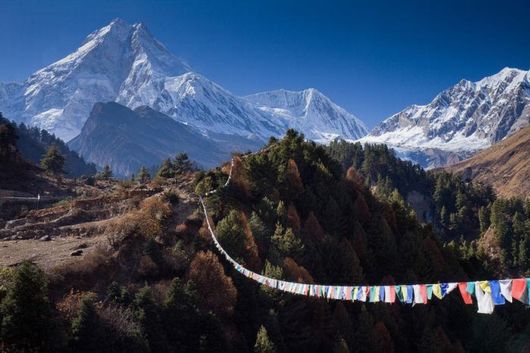
|
|
|
|
|
|
imran
|
 |
« Reply #8 on: October 06, 2015, 12:36:29 AM » |
|
9. Nanga Parbat (Himalayas, Pakistan)
Height: 8126 meters (26,545 feet)
First Ascent: 1953
8000ers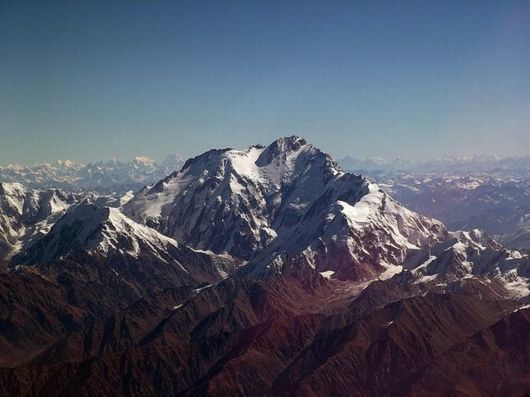 Legendary Italian climber Reinhold Messner was the first person to successfully climb all 14 eight-thousanders, completing the incredible feat in October 1986 when he reached the peak of Lhotse. Since he completed his challenge, he has never climbed another eight-thousander. Messner completed all his summits without the use of supplemental oxygen, an achievement not repeated for another nine years. A total of 33 climbers have now ascended all 14 mountains without bottled oxygen, while Phurba Tashi of Nepal has completed the most climbs with 30 successful eight-thousander summits to his name. Legendary Italian climber Reinhold Messner was the first person to successfully climb all 14 eight-thousanders, completing the incredible feat in October 1986 when he reached the peak of Lhotse. Since he completed his challenge, he has never climbed another eight-thousander. Messner completed all his summits without the use of supplemental oxygen, an achievement not repeated for another nine years. A total of 33 climbers have now ascended all 14 mountains without bottled oxygen, while Phurba Tashi of Nepal has completed the most climbs with 30 successful eight-thousander summits to his name.
|
|
|
|
|
|
imran
|
 |
« Reply #9 on: October 06, 2015, 12:36:44 AM » |
|
10 Annapurna I (Himalayas, Nepal)
Height: 8091 meters (26,545 feet)
First Ascent: 1950
8000ers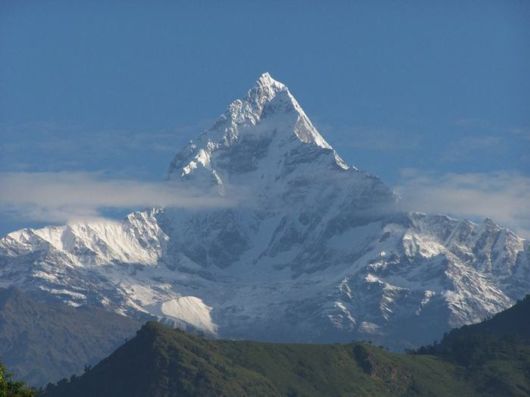
|
|
|
|
|
|
imran
|
 |
« Reply #10 on: October 06, 2015, 12:37:16 AM » |
|
11. Gasherbrum I or Hidden Peak (Karakoram Range, Pakistan & China)
Height: 8080 meters (26,059 feet)
First Ascent: 1958
8000ers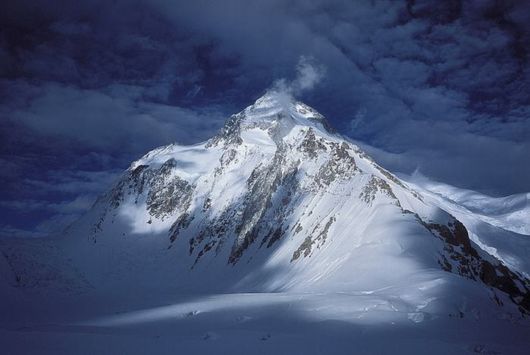 Height does not necessarily correlate with difficulty, although Everest does provide a huge challenge due to the amount of time a climber is required to spend in the Death Zone. That said, Annapurna I, the 10th highest mountain in the world, is often said to be the most difficult to climb and has a very low success rate, alongside an extremely high fatality rate, which was once upward of 40% but has now fallen to around 32%. Annapurna's difficulty comes from its glacial 'architecture', which includes huge ice cliffs, sheer sides and massive seracs that are often disorientating. K2, Kangchenjunga and Nanga Parbat (often referred to as 'Killer Mountain') are also notoriously difficult to climb, with heavy risk of avalanche and rock fall. Height does not necessarily correlate with difficulty, although Everest does provide a huge challenge due to the amount of time a climber is required to spend in the Death Zone. That said, Annapurna I, the 10th highest mountain in the world, is often said to be the most difficult to climb and has a very low success rate, alongside an extremely high fatality rate, which was once upward of 40% but has now fallen to around 32%. Annapurna's difficulty comes from its glacial 'architecture', which includes huge ice cliffs, sheer sides and massive seracs that are often disorientating. K2, Kangchenjunga and Nanga Parbat (often referred to as 'Killer Mountain') are also notoriously difficult to climb, with heavy risk of avalanche and rock fall.
|
|
|
|
|
|
imran
|
 |
« Reply #11 on: October 06, 2015, 12:37:39 AM » |
|
12. Broad Peak or K3 (Karakoram Range, Pakistan & China)
Height: 8051 meters (26,414 feet)
First Ascent: 1957
8000ers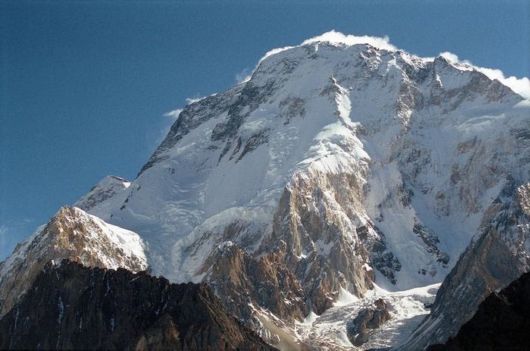 Go to The NEXT Page for More Pictures >>> Go to The NEXT Page for More Pictures >>>
|
|
|
|
|
|
 INFORMATION CLUB
INFORMATION CLUB Informative Zone
Informative Zone Places
Places The Tallest Mountains On Earth
The Tallest Mountains On Earth INFORMATION CLUB
INFORMATION CLUB Informative Zone
Informative Zone Places
Places The Tallest Mountains On Earth
The Tallest Mountains On Earth
